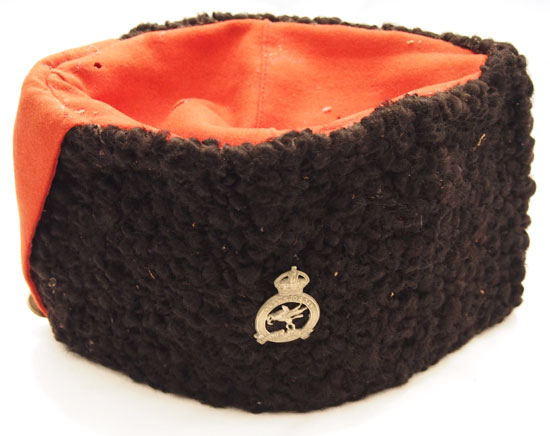
Formed in April 1926 as a para-military border guard to defend the northern and southern borders of the Transjordan, this unit was also an Imperial Service regiment. It drew its cadre from the Arab Legion, and replaced the disbanded British Gendarmerie, which itself had been founded following World War I to protect Transjordan. The unit was led by British officers, who typically donned sun helmets or visor caps – while the locally raised troops wore the Ottoman-styled kalpak, a type of headdress that was also worn by the Palestine Police Force and Arab Legion.
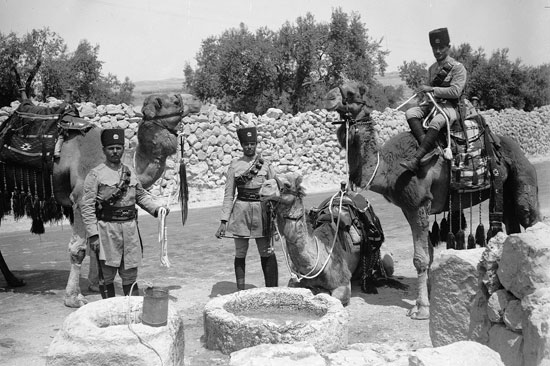
The Transjordan Frontier Force’s Camel Company was in service from 1926 until 1930, when replaced by Mechanised Company. Members wore more traditional Imperial Service uniforms along with the TJFF kalpak as its primary headdress.
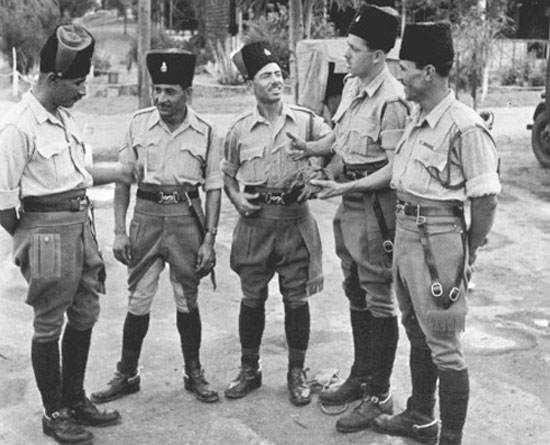
Members of the TJFF in summer uniforms – note the British style khaki shirts and “snake belts” – while the headdress throughout the year remained the kalpak.
The kalpak for the Transjordan Frontier Force differs from the Palestine Police Force version in that it was likely influenced from a European style busby or the Cossack bashlyk, and features a felt-top and lappet on the side. These hats were typically worn by the ranks – although Arab and Jewish officers may have also donned the kalpak. It featured the Transjordan Frontier Force badge on the front. These kalpaks were locally produced in the British mandates of Palestine and Transjordan.
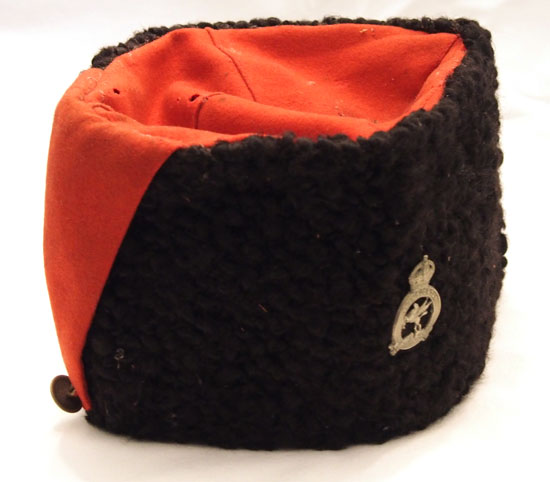
The kalpak of the Transjordan Frontier Force with its felt top and side flap (Author’s Collection)
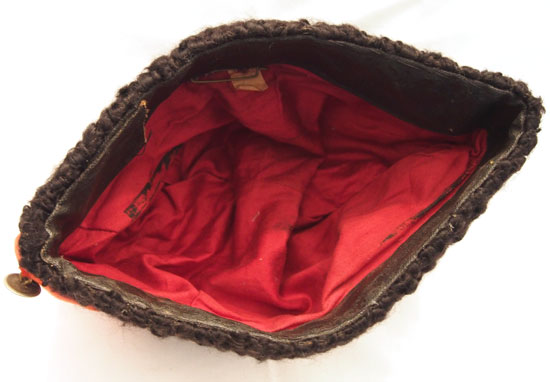
The interior of the kalpak – as with many sun helmets it was believed that a red interior would help keep the wearer’s head cool. (Author’s Collection)
The Transjordan Frontier Force was responsible for maintaining order in Transjordan, but also was called to help deal with Arab unrest in Palestine in 1929. The unit was charged with protecting the region during World War II, and with the independence of Transjordan after the war there was no longer a need for Imperial Service. In February 1948 the 3,000 men of the Transjordan Frontier Force were disbanded and its members transferred to the Arab Legion.
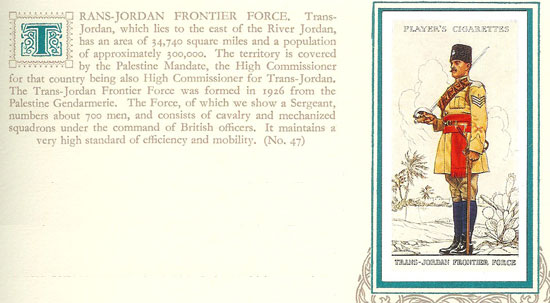
A John Player & Son tobacco card and description – from the booklet “Military Uniforms of the British Empire Overseas” (Author’s Collection)
